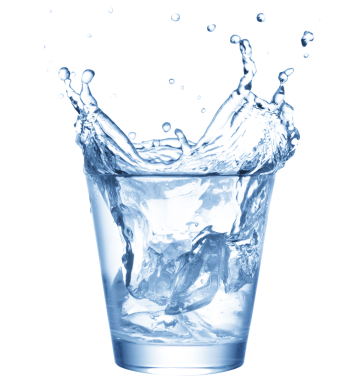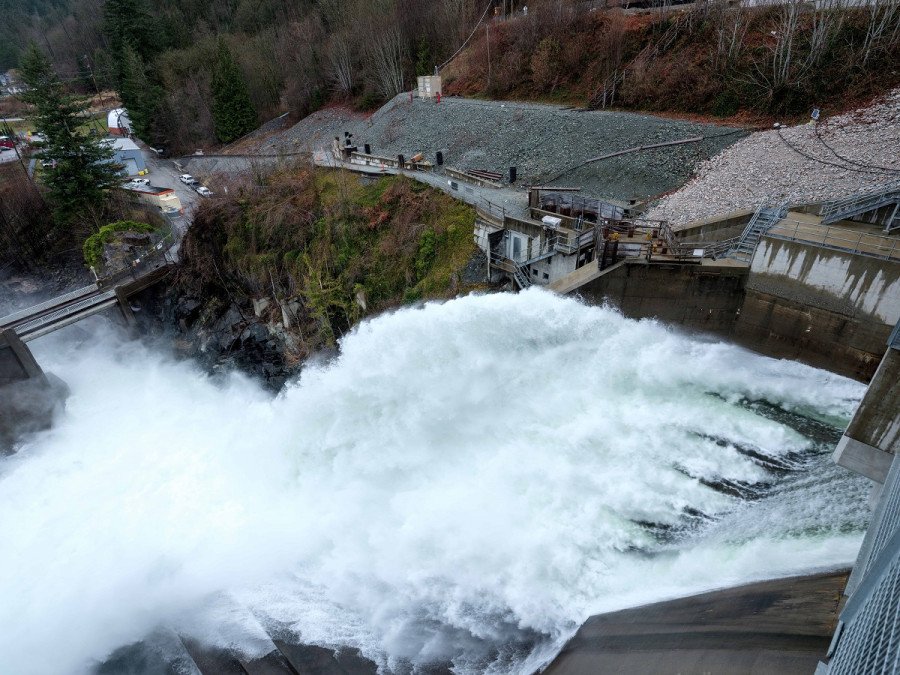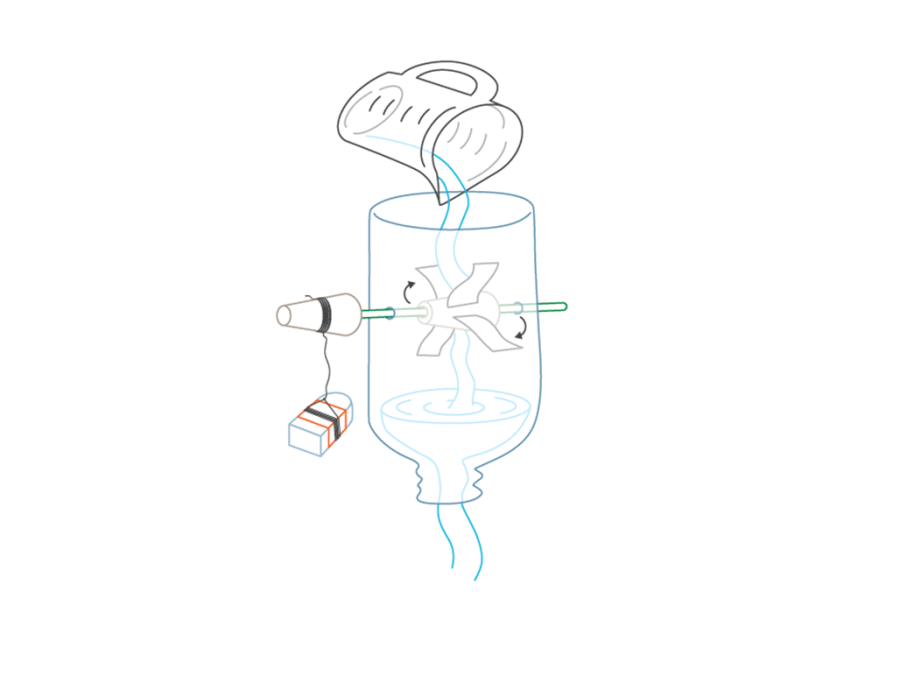Water cycle and hydroelectricity
Watch a video and build a model turbine to learn how electricity in B.C. depends on the water cycle.
- Grade 2
- 2 activities
- 45 mins

Big idea
Water is essential to all living things and it cycles through the environment.
Learning objectives
Students will be able to:
- Access prior knowledge about where electricity comes from
- Make predictions about where electricity comes from
- Explain how the water cycle is related to electricity in B.C.
- Follow the path of electricity from a dam to a home
- Describe how water is used inside a dam to generate electricity
- Build a model of a turbine
Activities

Power of falling water
Watch how the power of falling water generates electricity.
BC curriculum fit
Grade 2 Science
Content
- Water sources including local watersheds
- Water cycle
Curricular competencies
Questioning and predicting
- Demonstrate curiosity and a sense of wonder about the world
- Ask questions about familiar objects and events
- Make simple predictions about familiar objects and events
Planning and conducting
- Safely manipulate materials to test ideas and predictions
Processing and analyzing data and information
- Sort and classify data and information using drawings and pictographs
Applying and innovating
- Transfer and apply learning to new situations
Communicating
- Communicate observations and ideas using oral or written language, drawing or role-play
Assessments
The activities in this unit provide an opportunity to assess individual students and small groups on their ability to:
- Communicate ideas about where electricity comes from and how it is related to the water cycle
- Transfer their understanding of how the model turbine works and apply it to how a hydroelectric dam works
- Make predictions about where electricity in B.C. comes from
- Generate questions about hydroelectricity
Background info
Hydroelectricity
The story of hydroelectricity starts in nature with the water cycle. Snow falls in winter where it collects in high-alpine glaciers and creates a dense, thick snowpack. In the spring, this snowpack melts and the run-off makes its way down the mountain and into streams and rivers. Water from the melting snow and ice, as well as rainwater, collects in reservoirs behind dams.
When water in a hydro reservoir is released it is channelled through large pipes, called penstocks, to turbines, which are like wheels with blades. The energy of falling water is used to spin the turbines, generating electricity.
The electricity has to be transported to where it’s useful (like to your home to power a computer). The electricity travels long distances over high-voltage wires called transmission lines. These transmission lines are held in the sky away from the ground by tall metal transmission towers.
When the electricity gets near a town or city, it goes into substations. A substation contains many wires and transformers and is surrounded by a wire fence. The substation reduces the voltage, divides the electricity and sends it in different paths over wires called distribution lines. These distribution lines take the electricity to your home and can be either above ground or underground.
Often you will see grey cylinders called transformers on power poles. These reduce the voltage on the distribution lines to an amount that can be safely used in buildings. You may also see metal boxes with warning signs where newer houses are built. These boxes are called pad-mounted transformers. They do the same things as the transformers on the poles, but are for underground distribution lines.
As the electricity enters your house or school, it passes through a meter. The meter measures the amount of electricity your household uses. The electricity flows through the meter, through wires in your house and ends in electrical outlets in the walls. To use the electricity, you plug the appliance or machine into the outlet.
Water cycle
Earth has a limited supply of water that is cycled over and over again. The water cycle is an important process on earth because living things, including animals and humans, need water to grow and survive. Water is used for drinking, growing food, providing habitat, generating electricity and more. The sun has been driving the water cycle on Earth for billions of years. The four main stages of the water cycle are evaporation, condensation, precipitation and runoff.
- Sun: the water cycle is driven by the energy from the sun warming the earth.
- Evaporation: the warmth of the sun causes water from lakes, rivers and oceans to evaporate and turn from a liquid to a gas. The water vapour (gas) rises up into the air.
- Condensation: the water vapour cools as it rises and turns back into water droplets, forming a cloud.
- Precipitation: water droplets in a cloud eventually become too big and heavy and fall from the clouds in the sky. It can fall as rain, snow, hail, etc.
- Runoff: after the precipitation falls, it flows down towards the ocean and collects in rivers, lakes and streams. Some of it collects underground as well.
- And then the cycle begins again.


